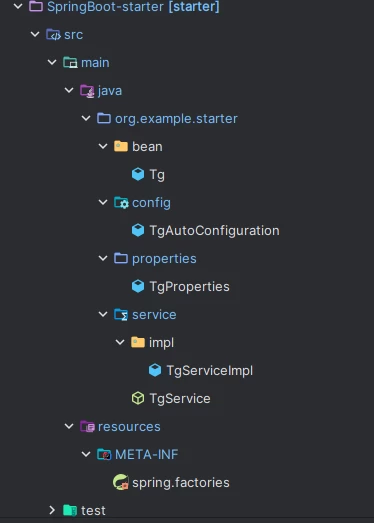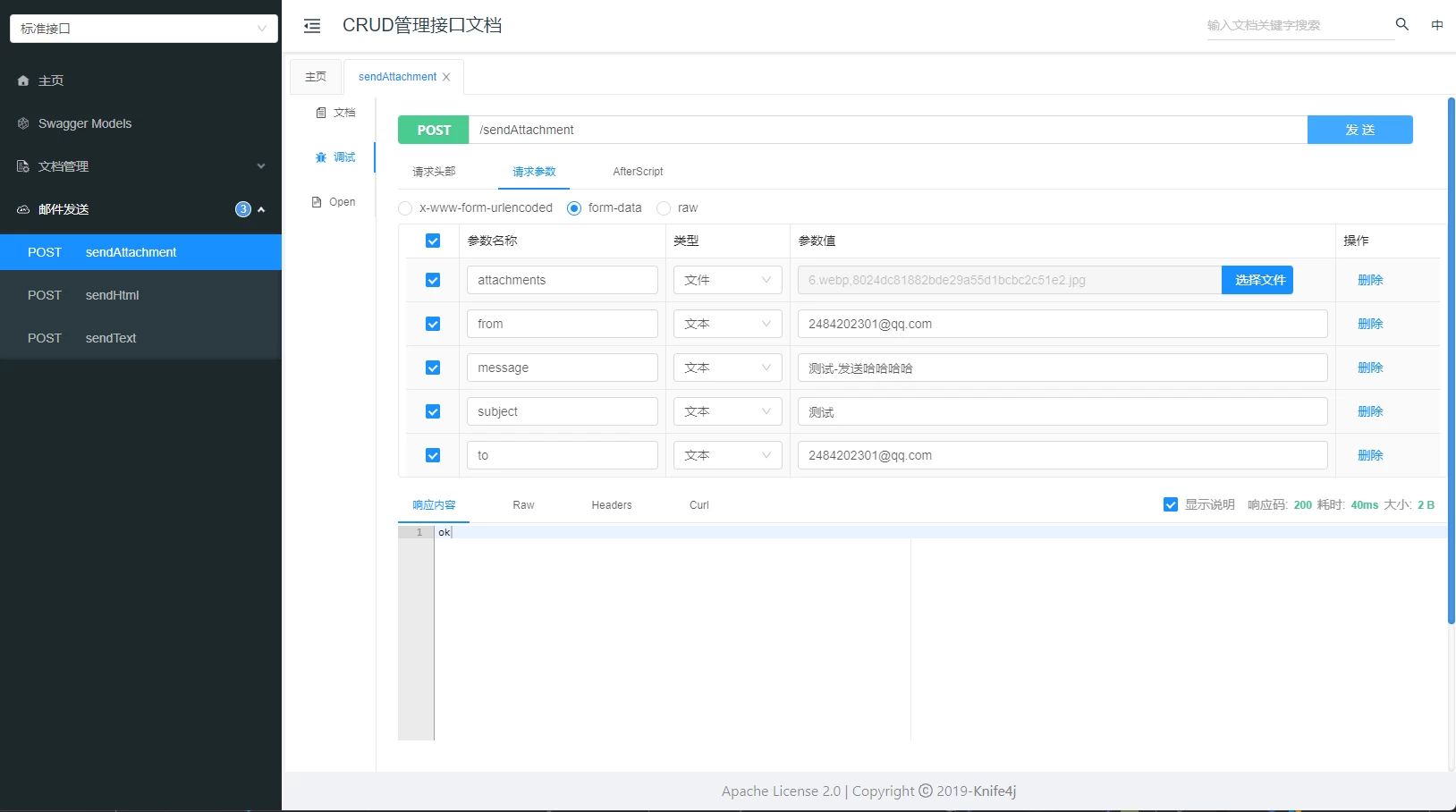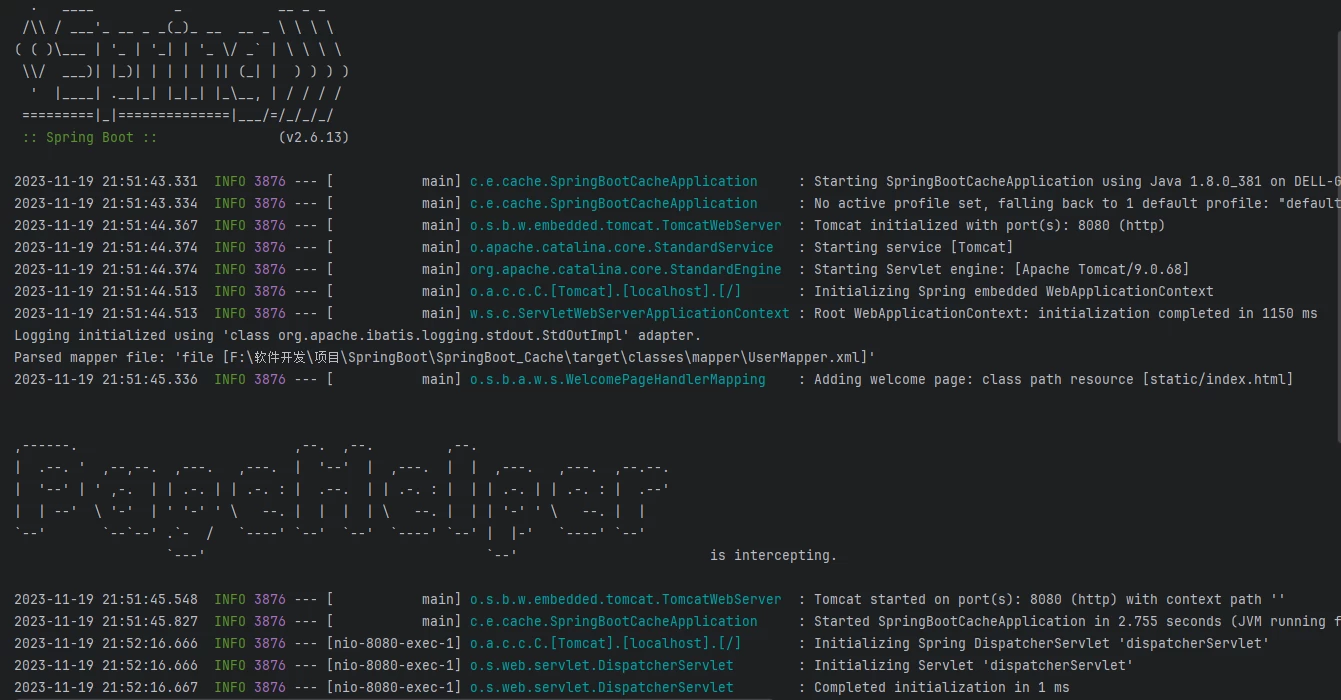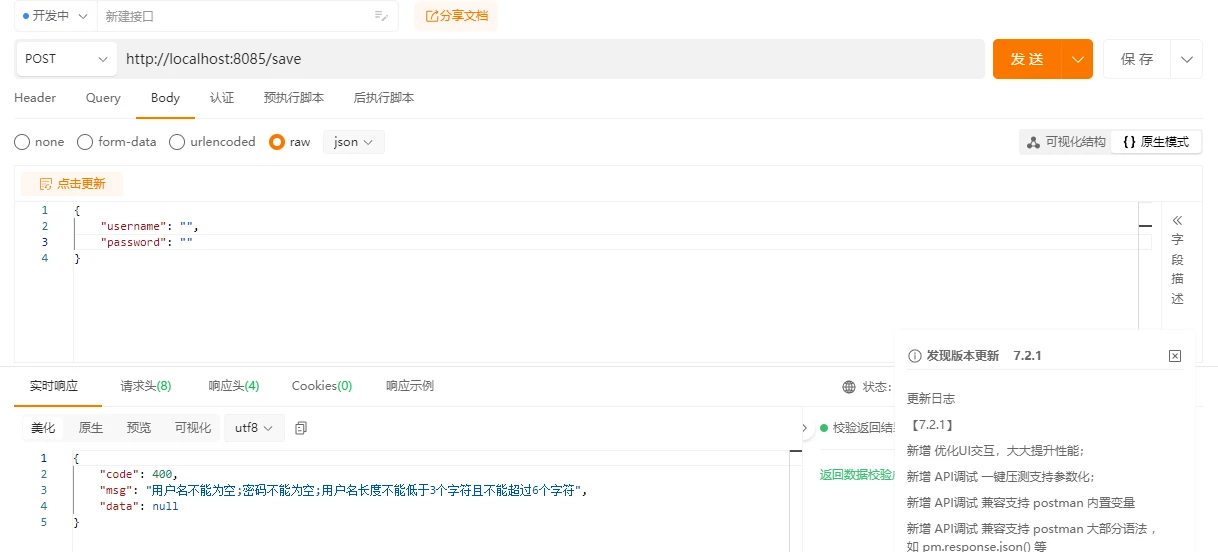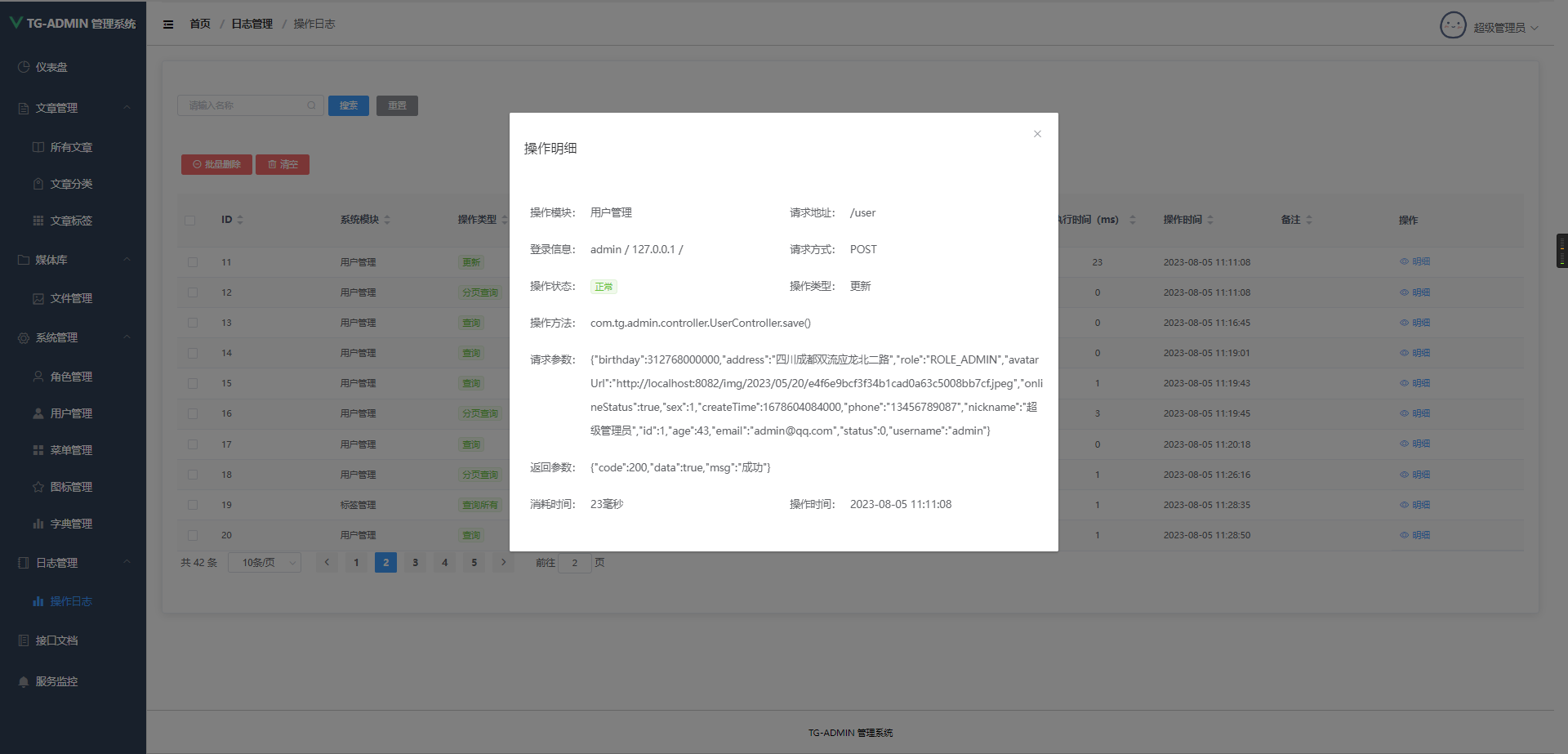SpringBoot整合缓存-SpringCache
本文最后更新于2024.04.23-04:29,某些文章具有时效性,若有错误或已失效,请在下方留言或联系涛哥。
前言
Hi, everybody!
no time long see!!
相信大家在日常开发中一定多多少少会遇到一些问题,比如本地开发,后端服务响应很快!!
可是一放到线上我们访问呢就会很慢,这时我们就会对我们的后端服务进行优化,比如增加索引使查询更快 使某个命中的机率更高 !
但是则这样我们同样要去访问数据库,这就没达到我们优化的要求。
优化:
1,增加索引
2,尽量减少数据库的查库操作
所以这时我们就会引入缓存(cache)这个概念
什么是缓存?
缓存就是数据交换的缓冲区(称作Cache),是存贮数据(使用频繁的数据)的临时地方。
当用户查询数据,首先在缓存中寻找,如果找到了则直接返回。如果找不到,则去数据库中查找。
什么是SpringCache?
由Spring提供的利用AOP实现基于注解的缓存的框架。
它进行了合理的抽象,只需要一个注解我们就能轻松实现缓存,没有繁琐的配置文件
Spring Cache支持多种缓存实现,包括内存、Redis、Memcached等。开发人员可以根据自己的需求选择合适的缓存实现。
为什么要用缓存?
- 提高应用程序的性能:当应用程序需要访问数据库或其他外部资源时,如果这些资源的数据经常变化,那么每次请求都需要重新获取数据,这会导致应用程序的响应时间变慢。使用缓存可以将常用的数据存储在高速缓存中,这样下一次请求相同的数据时就可以直接从缓存中获取,而不需要再次查询数据库或其他外部资源,从而提高了应用程序的性能。
- 减少数据库负载:当应用程序频繁地访问数据库时,会给数据库带来很大的压力,导致数据库响应变慢或者崩溃。使用缓存可以将一些常用的数据存储在高速缓存中,这样下一次请求相同的数据时就可以直接从缓存中获取,而不需要再次查询数据库,从而减少了对数据库的负载。
- 提高用户体验:当应用程序的响应速度变快时,用户的体验也会得到提升。使用缓存可以避免用户等待过长时间才能看到页面的变化,从而提高了用户的满意度。
- 支持高并发访问:当多个用户同时访问应用程序时,如果每个用户都需要访问数据库或其他外部资源,那么会对系统造成很大的负担。使用缓存可以将一些常用的数据存储在高速缓存中,这样多个用户同时访问时就可以共享缓存中的数据,从而减轻了系统的负担。
使用配置
常用注解
- @EnableCaching:开启缓存功能,一般放在启动类上。
- @CacheConfig:当我们需要缓存的地方越来越多,你可以使用@CacheConfig(cacheNames = {"cacheName"})注解在 class 之上来统一指定value的值
- @Cacheable:注解表示这个方法有了缓存的功能,方法的返回值会被缓存下来,下一次调用该方法前,会去检查是否缓存中已经有值,
如果有就直接返回,不调用方法。如果没有,就调用方法,然后把结果缓存起来。这个注解一般用在查询方法上。属性/方法名 解释 value 缓存名,必填,它指定了你的缓存存放在哪块命名空间 cacheNames 与 value 差不多,二选一即可 key 可选属性,可以使用 SpEL 标签自定义缓存的key keyGenerator key的生成器。key/keyGenerator二选一使用 cacheManager 指定缓存管理器 cacheResolver 指定获取解析器 condition 条件符合则缓存 unless 条件符合则不缓存 sync 是否使用异步模式,默认为false - @CachePut:使用该注解标志的方法,每次都会执行,并将结果存入指定的缓存中。其他方法可以直接从响应的缓存中读取缓存数据,而不需要再去查询数据库。一般用在新增方法上。
属性/方法名 解释 value 缓存名,必填,它指定了你的缓存存放在哪块命名空间 cacheNames 与 value 差不多,二选一即可 key 可选属性,可以使用 SpEL 标签自定义缓存的key keyGenerator key的生成器。key/keyGenerator二选一使用 cacheManager 指定缓存管理器 cacheResolver 指定获取解析器 condition 条件符合则缓存 unless 条件符合则不缓存 - @CacheEvict:使用该注解标志的方法,会清空指定的缓存。一般用在更新或者删除方法上
属性/方法名 解释 value 缓存名,必填,它指定了你的缓存存放在哪块命名空间 cacheNames 与 value 差不多,二选一即可 key 可选属性,可以使用 SpEL 标签自定义缓存的key keyGenerator key的生成器。key/keyGenerator二选一使用 cacheManager 指定缓存管理器 cacheResolver 指定获取解析器 condition 条件符合则缓存 allEntries 是否清空所有缓存,默认为 false。如果指定为 true,则方法调用后将立即清空所有的缓存 beforeInvocation 是否在方法执行前就清空,默认为 false。如果指定为 true,则在方法执行前就会清空缓存 - .@Caching:该注解可以实现同一个方法上同时使用多种注解。
代码实例
1,引入springcache的maven依赖
<dependency>
<groupId>org.springframework.boot</groupId>
<artifactId>spring-boot-starter-cache</artifactId>
</dependency>2,在启动类使用注解缓存功能
package com.example.cache;
import org.springframework.boot.SpringApplication;
import org.springframework.boot.autoconfigure.SpringBootApplication;
import org.springframework.cache.annotation.EnableCaching;
@EnableCaching
@SpringBootApplication
public class SpringBootCacheApplication {
public static void main(String[] args) {
SpringApplication.run(SpringBootCacheApplication.class, args);
}
}
3,配置我们的crud service接口和impl
package com.example.cache.service;
import com.example.cache.entity.User;
import com.github.pagehelper.PageInfo;
import java.util.List;
/**
* @Program: SpringBoot
* @ClassName UserService
* @Author: liutao
* @Description: user 逻辑接口
* @Create: 2023-11-16 00:03
* @Version 1.0
**/
public interface UserService {
User save(User user);
PageInfo<User> page(Integer page,Integer pageSize);
User findById(Integer id);
List<User> findAll();
int delete(Integer id);
}package com.example.cache.service.impl;
import com.example.cache.entity.User;
import com.example.cache.mapper.UserMapper;
import com.example.cache.service.UserService;
import com.github.pagehelper.PageHelper;
import com.github.pagehelper.PageInfo;
import lombok.extern.slf4j.Slf4j;
import org.springframework.beans.factory.annotation.Autowired;
import org.springframework.cache.annotation.CacheEvict;
import org.springframework.cache.annotation.CachePut;
import org.springframework.cache.annotation.Cacheable;
import org.springframework.cache.annotation.Caching;
import org.springframework.stereotype.Service;
import org.springframework.transaction.annotation.Transactional;
import java.util.List;
/**
* @Program: SpringBoot
* @ClassName UserServiceImpl
* @Author: liutao
* @Description: user 实现类
* @Create: 2023-11-16 00:06
* @Version 1.0
**/
@Slf4j
@Service
public class UserServiceImpl implements UserService {
@Autowired
private UserMapper userMapper;
@Transactional(rollbackFor = {Exception.class})
@Caching(put = {@CachePut(value = "userCache", key = "#user.id", unless = "#result == null")}, evict = {@CacheEvict(value = "allUsersCache", allEntries = true)})
@Override
public User save(User user) {
int num = 0;
if (user.getId() == null) {
num = userMapper.insert(user);
} else {
num = userMapper.update(user);
}
log.info("User " + user.getId());
return num == 1 ? userMapper.findById(user.getId()) : null;
}
@Cacheable(value = "allUsersCache", unless = "#result == null")
@Override
public PageInfo<User> page(Integer page, Integer pageSize) {
// 开启分页
PageHelper.startPage(page, pageSize);
List<User> users = userMapper.findAll();
if (users != null && !users.isEmpty()) {
return new PageInfo<>(users);
}
return null;
}
@Cacheable(value = "userCache", key = "#id", unless = "#result == null")
@Override
public User findById(Integer id) {
return userMapper.findById(id);
}
@Cacheable(value = "allUsersCache", unless = "#result == null")
@Override
public List<User> findAll() {
return userMapper.findAll();
}
@Caching(evict = {@CacheEvict(value = "userCache", key = "#id"), @CacheEvict(value = "allUsersCache", allEntries = true),})
@Override
public int delete(Integer id) {
return userMapper.delete(id);
}
}
4,web层
package com.example.cache.controller;
import com.example.cache.entity.User;
import com.example.cache.service.UserService;
import org.springframework.beans.factory.annotation.Autowired;
import org.springframework.web.bind.annotation.*;
import java.util.List;
/**
* @Program: SpringBoot
* @ClassName UserController
* @Author: liutao
* @Description: user api
* @Create: 2023-11-16 00:00
* @Version 1.0
**/
@RequestMapping("/user")
@RestController
public class UserController {
@Autowired
private UserService userService;
@GetMapping
List<User> findAll() {
return userService.findAll();
}
@GetMapping("/page")
Object page(Integer page,Integer pageSize) {
return userService.page(page,pageSize);
}
@GetMapping("/{id}")
User findById(@PathVariable Integer id) {
return userService.findById(id);
}
@PostMapping("/save")
User save(User user) {
return userService.save(user);
}
@DeleteMapping("/{id}")
int delete(@PathVariable Integer id) {
return userService.delete(id);
}
}
效果图
1,打开服务:访问两次 http://localhost:8080/user

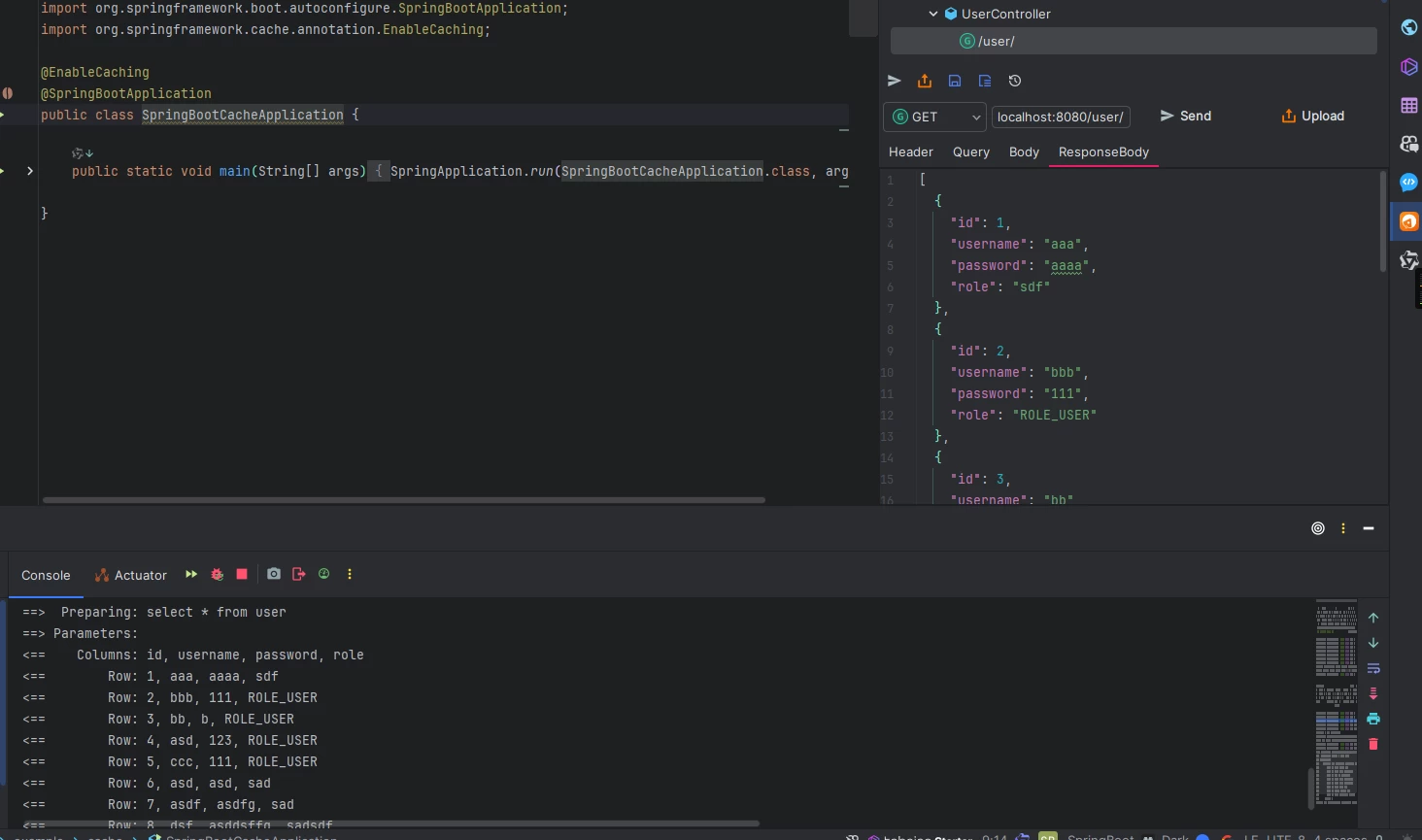
2,清空日志再次访问,我们可以看到这次是从缓存查出来的,并没有进行查库操作

结尾
到这里我们的整合就结束了!!
欢迎三连和涛哥一起学习!!
see you !!!
阅读剩余
版权声明:
作者:涛哥
链接:https://ltbk.net/back/spring_family/spring-boot/article/1673.html
文章版权归作者所有,未经允许请勿转载。
作者:涛哥
链接:https://ltbk.net/back/spring_family/spring-boot/article/1673.html
文章版权归作者所有,未经允许请勿转载。
THE END

